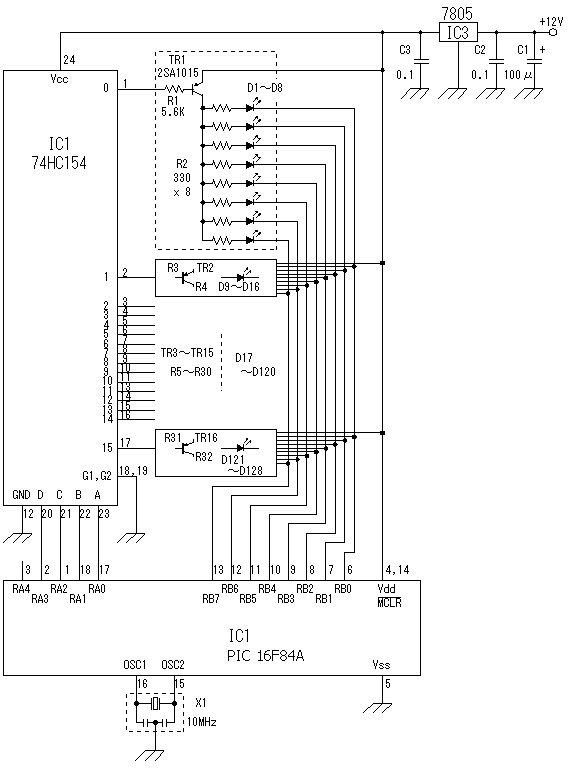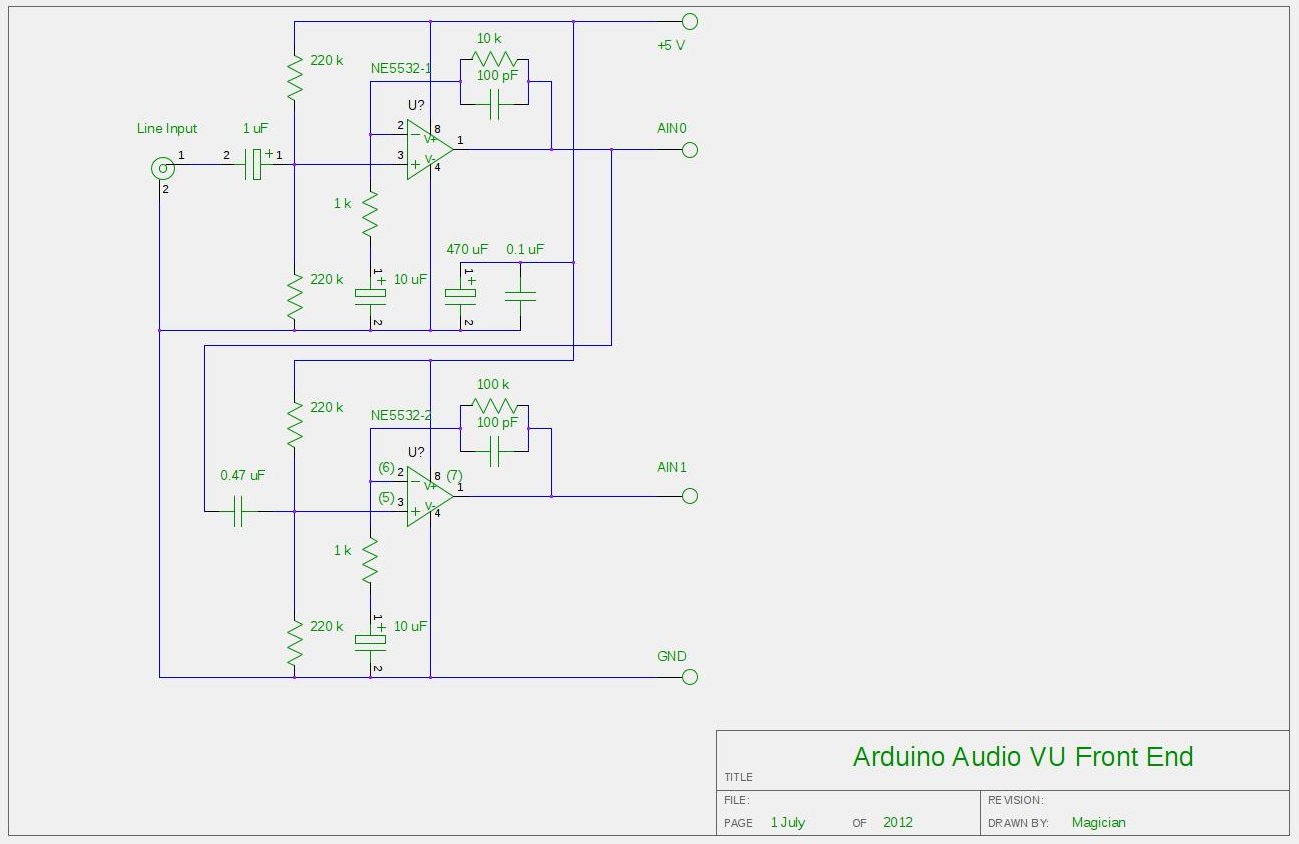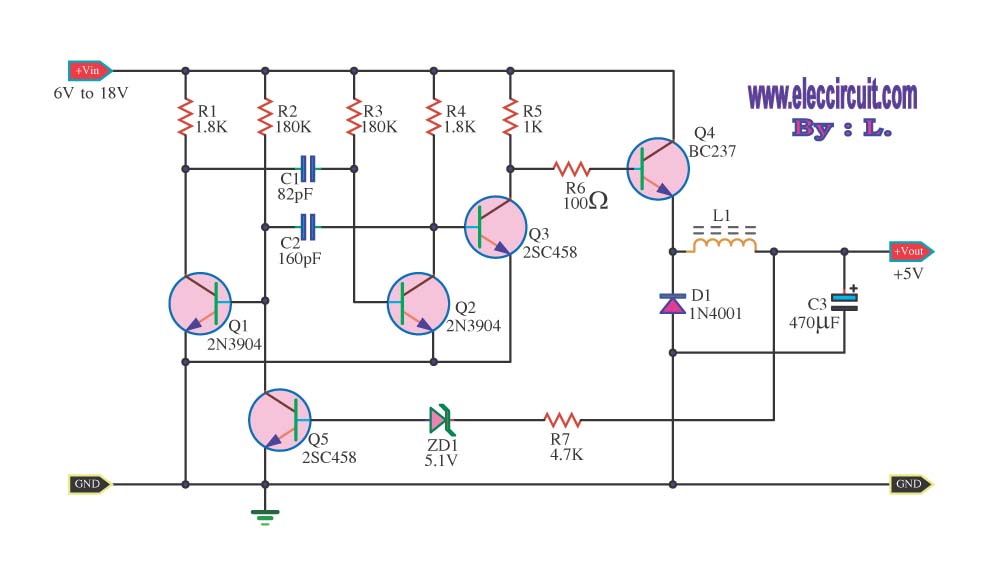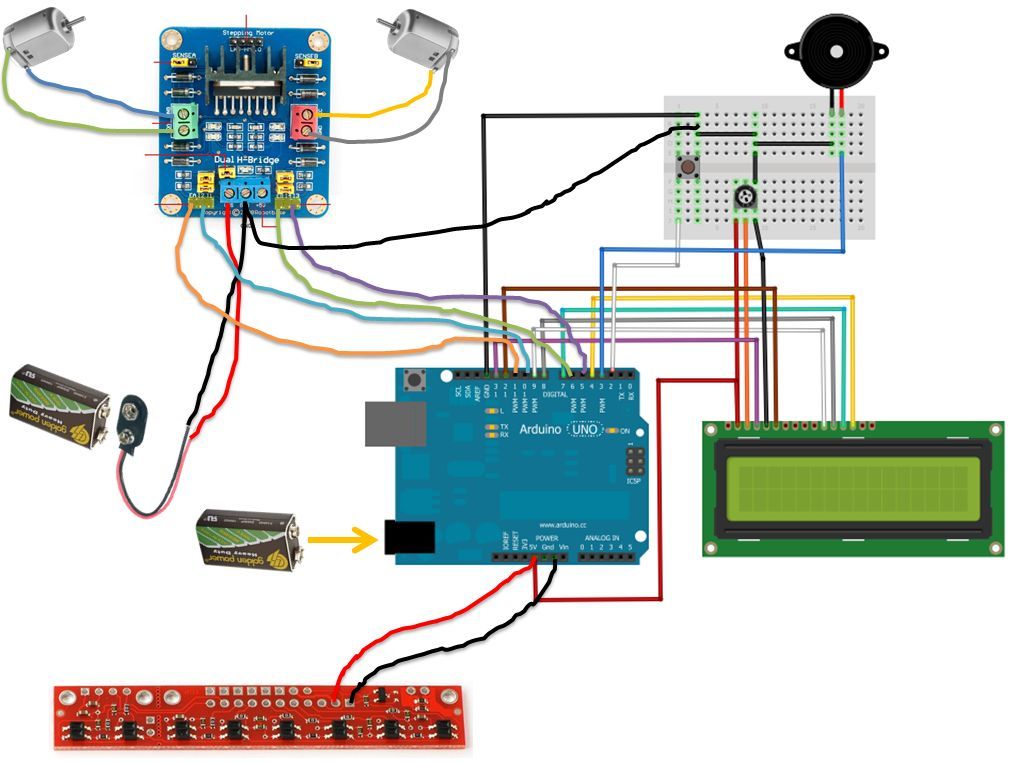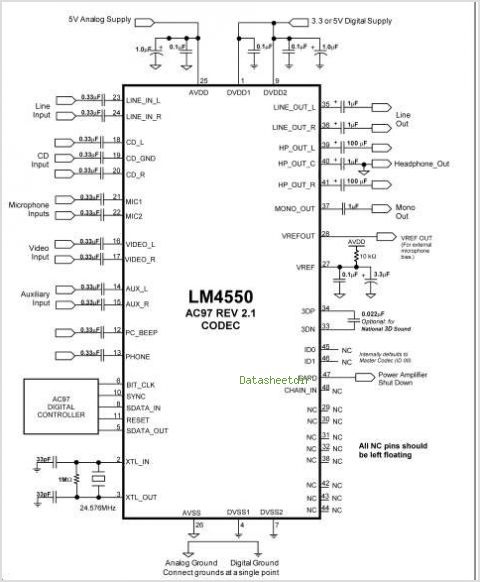
pic sound player pcm to pwm converter using pic18f1320

This project enables a PIC microcontroller to play audio PCM sounds using PWM modulation. Pulse-code modulation (PCM) is a digital representation of audio signals.
The project utilizes a PIC microcontroller, which is programmed to generate audio signals through pulse-width modulation (PWM). In this setup, the microcontroller converts digital audio data into an analog signal that can be output to a speaker or other audio transducer. The PWM technique allows for the simulation of varying audio amplitudes by rapidly switching the output voltage between high and low states, effectively creating a series of pulses that represent the audio waveform.
The core of the design involves configuring the microcontroller's timer to generate PWM signals at a specific frequency, which corresponds to the desired audio sample rate. The audio data is typically stored in an array within the microcontroller's memory, and the PWM output is modulated according to the values in this array. As the microcontroller iterates through the audio data, it adjusts the duty cycle of the PWM signal, thereby varying the output voltage and producing sound.
For optimal performance, it is important to filter the PWM output to smooth out the digital signal into a more continuous analog waveform. This can be accomplished using a low-pass filter, which eliminates high-frequency components and allows the desired audio frequencies to pass through. The resulting audio output can then be amplified using an audio amplifier circuit to drive speakers or headphones.
Overall, this project demonstrates the effective use of PWM modulation for audio playback in embedded systems, showcasing the capabilities of PIC microcontrollers in generating high-quality sound from digital audio data.This project makes a PIC microcontroller play audio PCM sounds using PWM modulation! Pulse-code modulation (PCM) is a digital representation of.. 🔗 External reference
The project utilizes a PIC microcontroller, which is programmed to generate audio signals through pulse-width modulation (PWM). In this setup, the microcontroller converts digital audio data into an analog signal that can be output to a speaker or other audio transducer. The PWM technique allows for the simulation of varying audio amplitudes by rapidly switching the output voltage between high and low states, effectively creating a series of pulses that represent the audio waveform.
The core of the design involves configuring the microcontroller's timer to generate PWM signals at a specific frequency, which corresponds to the desired audio sample rate. The audio data is typically stored in an array within the microcontroller's memory, and the PWM output is modulated according to the values in this array. As the microcontroller iterates through the audio data, it adjusts the duty cycle of the PWM signal, thereby varying the output voltage and producing sound.
For optimal performance, it is important to filter the PWM output to smooth out the digital signal into a more continuous analog waveform. This can be accomplished using a low-pass filter, which eliminates high-frequency components and allows the desired audio frequencies to pass through. The resulting audio output can then be amplified using an audio amplifier circuit to drive speakers or headphones.
Overall, this project demonstrates the effective use of PWM modulation for audio playback in embedded systems, showcasing the capabilities of PIC microcontrollers in generating high-quality sound from digital audio data.This project makes a PIC microcontroller play audio PCM sounds using PWM modulation! Pulse-code modulation (PCM) is a digital representation of.. 🔗 External reference
